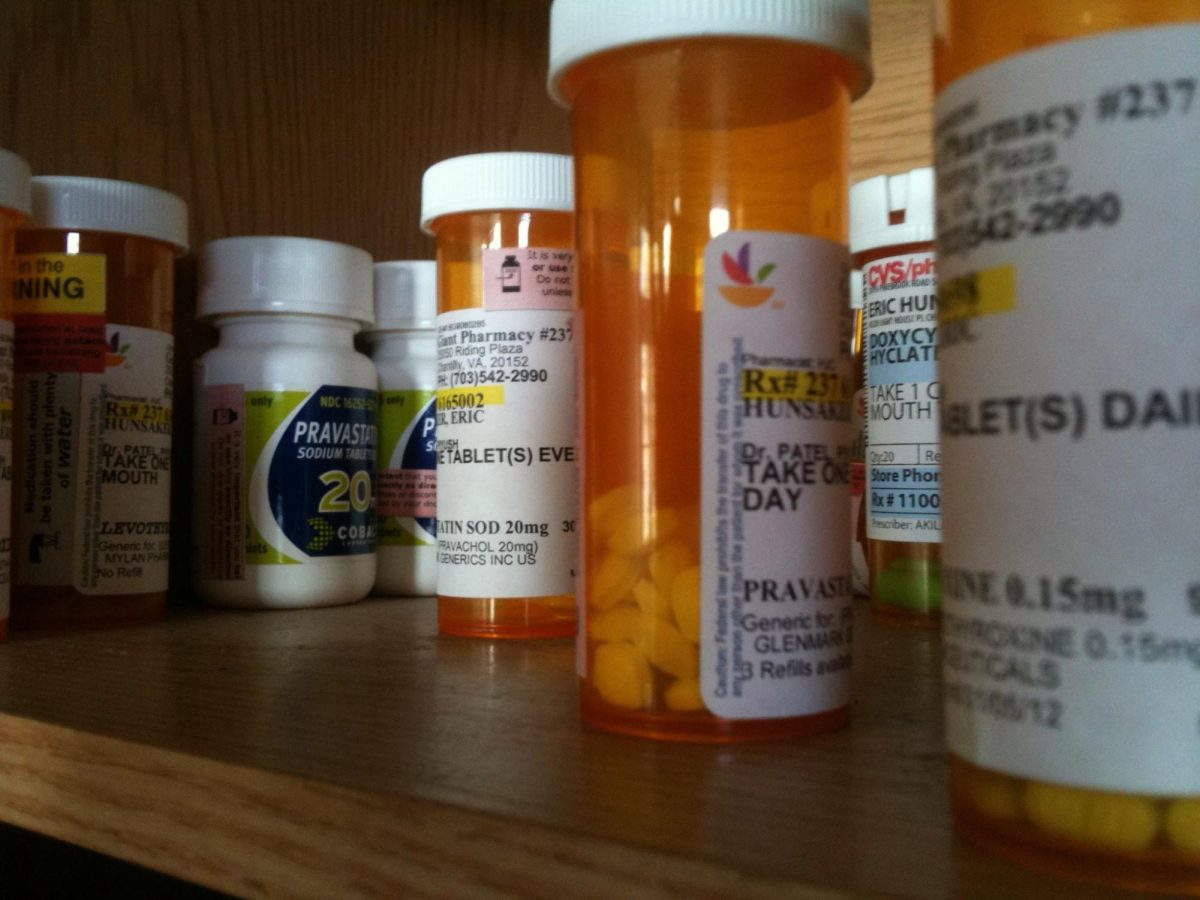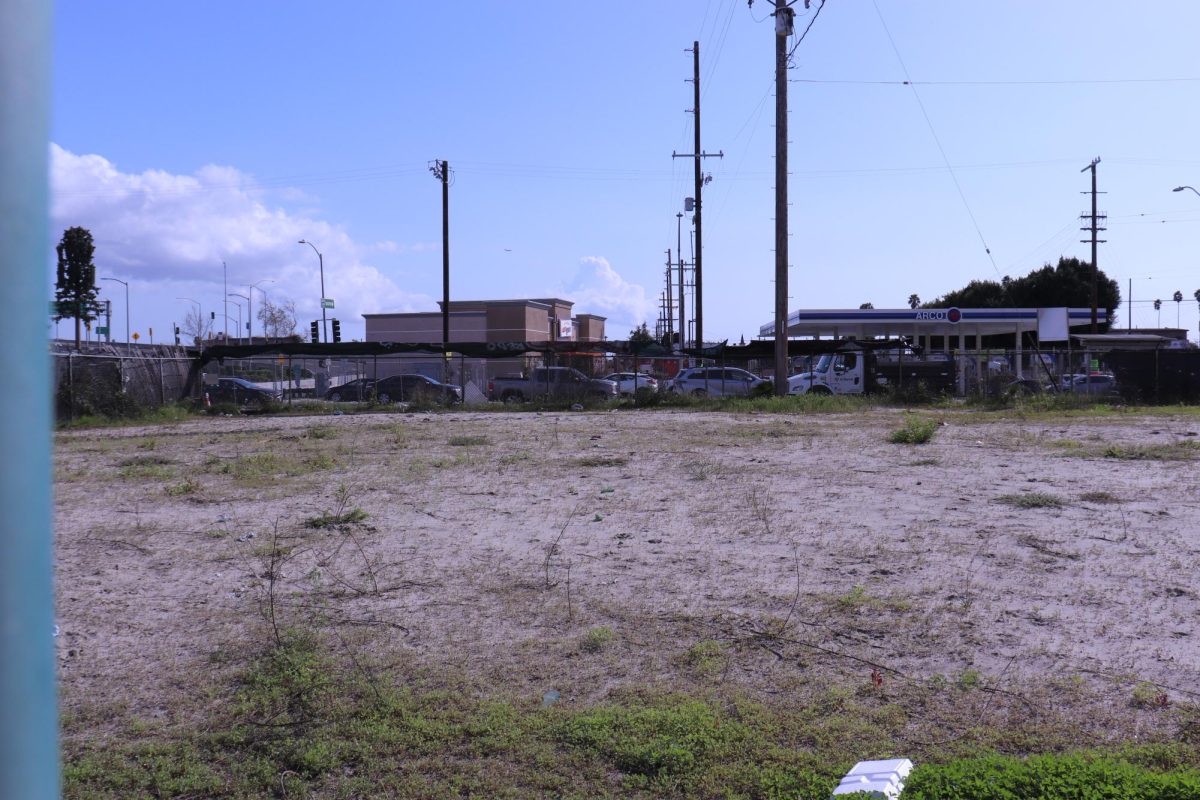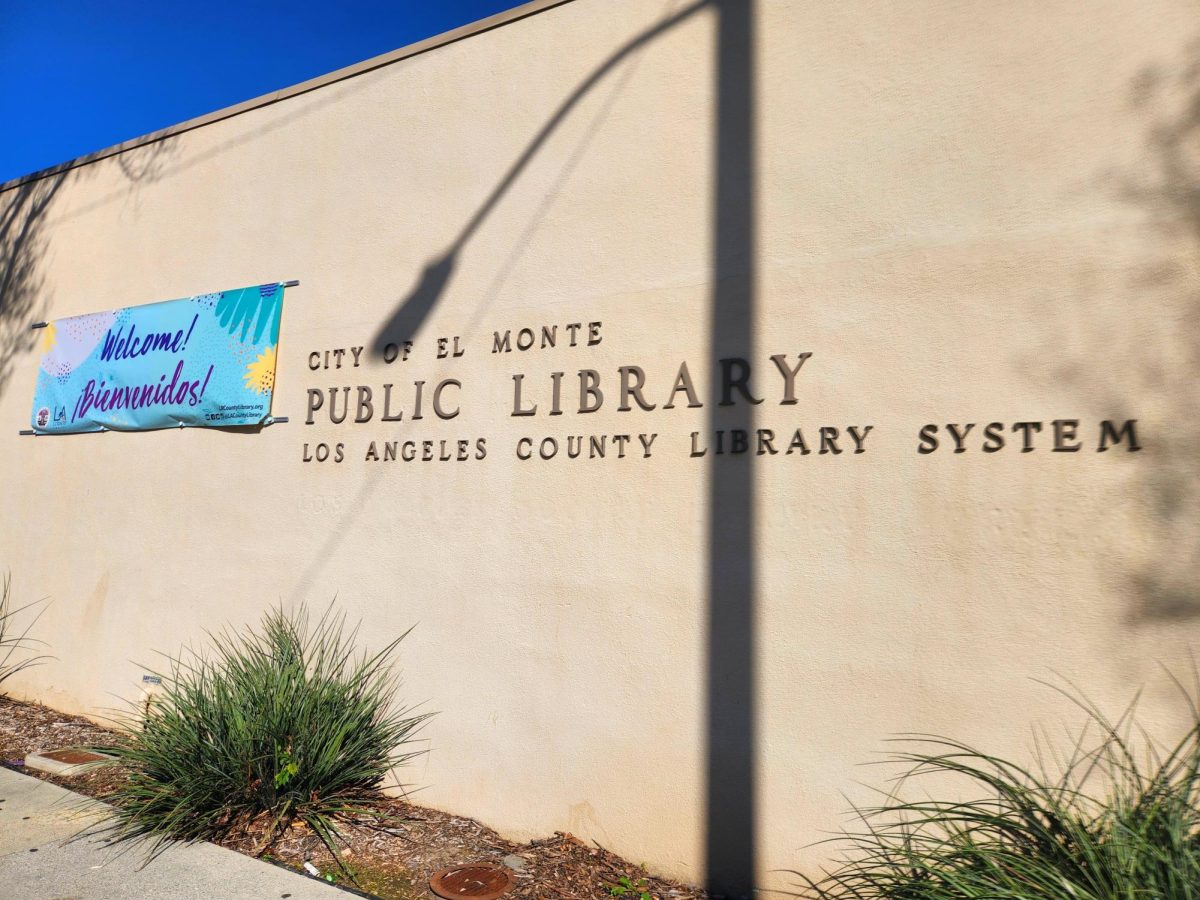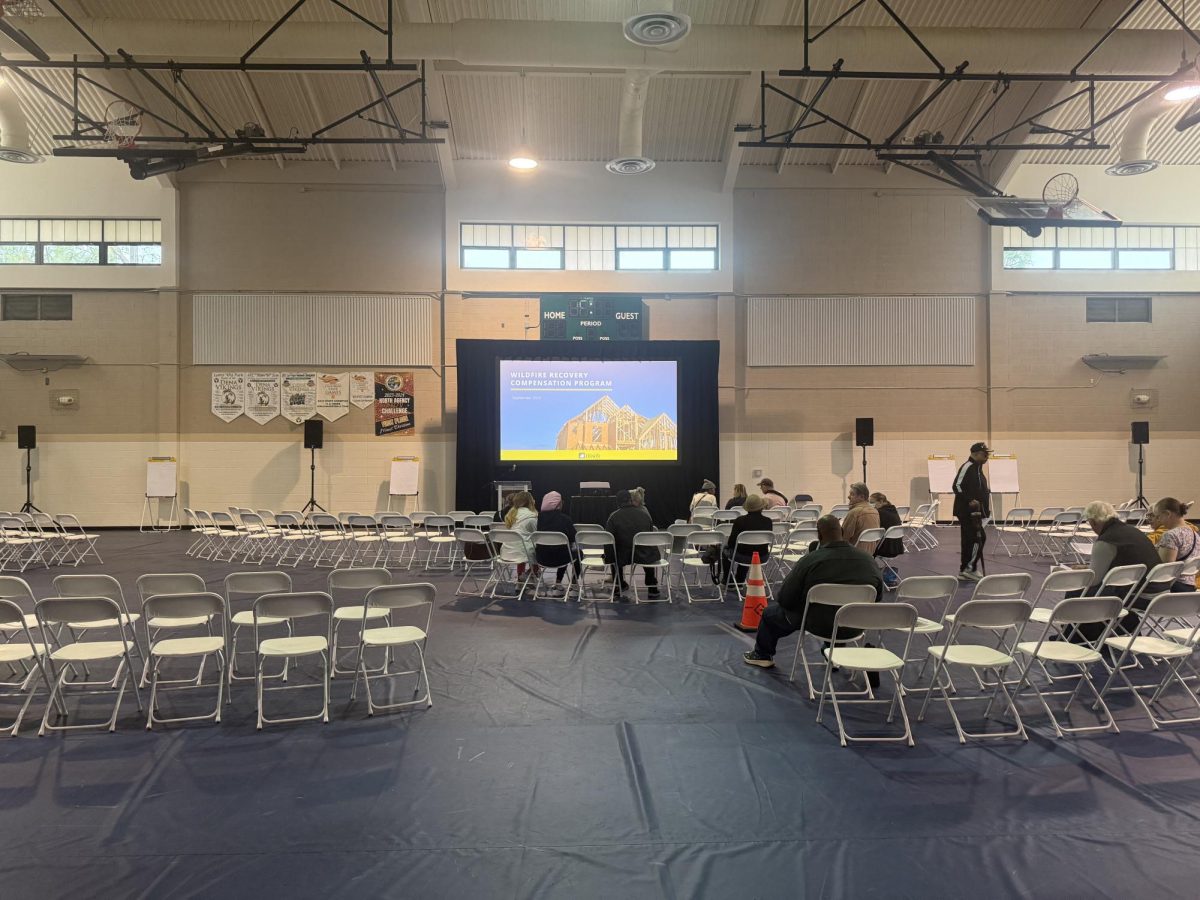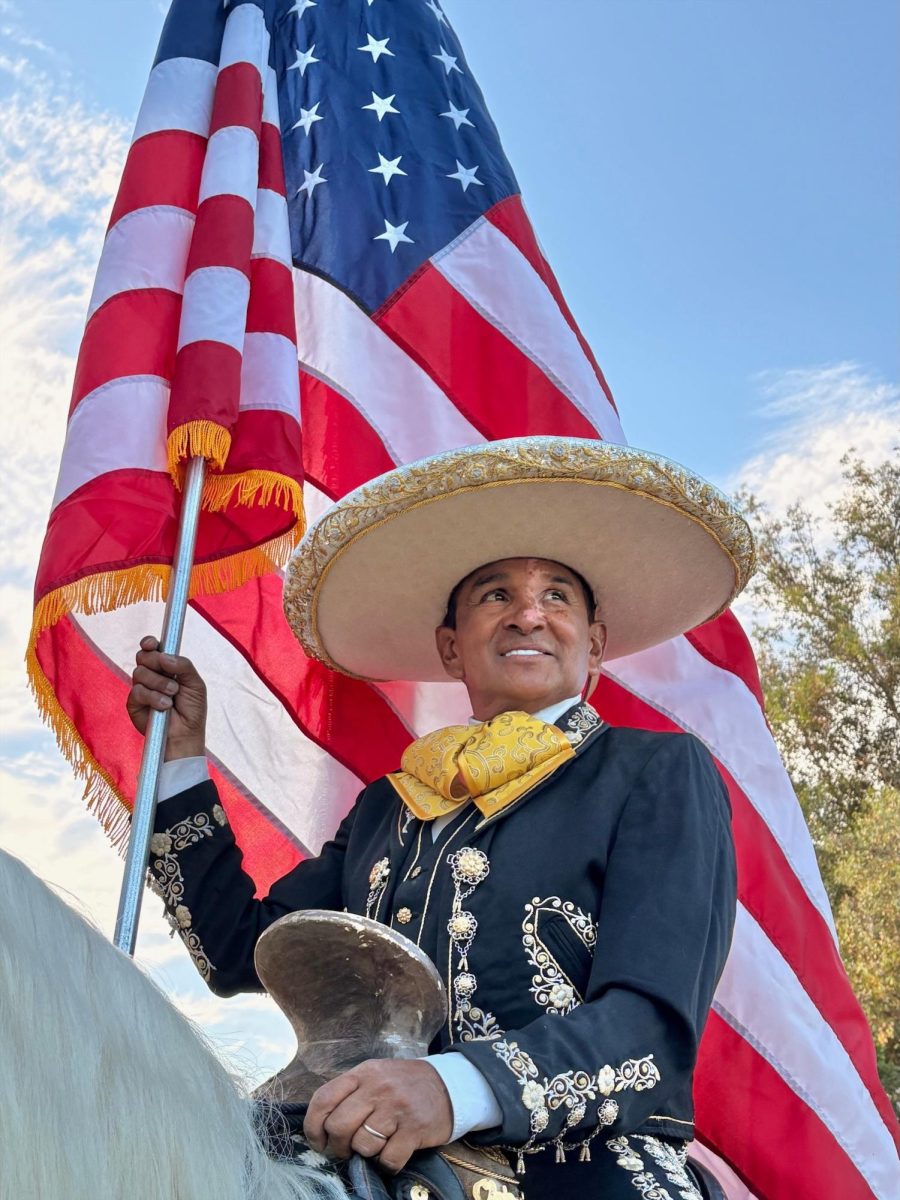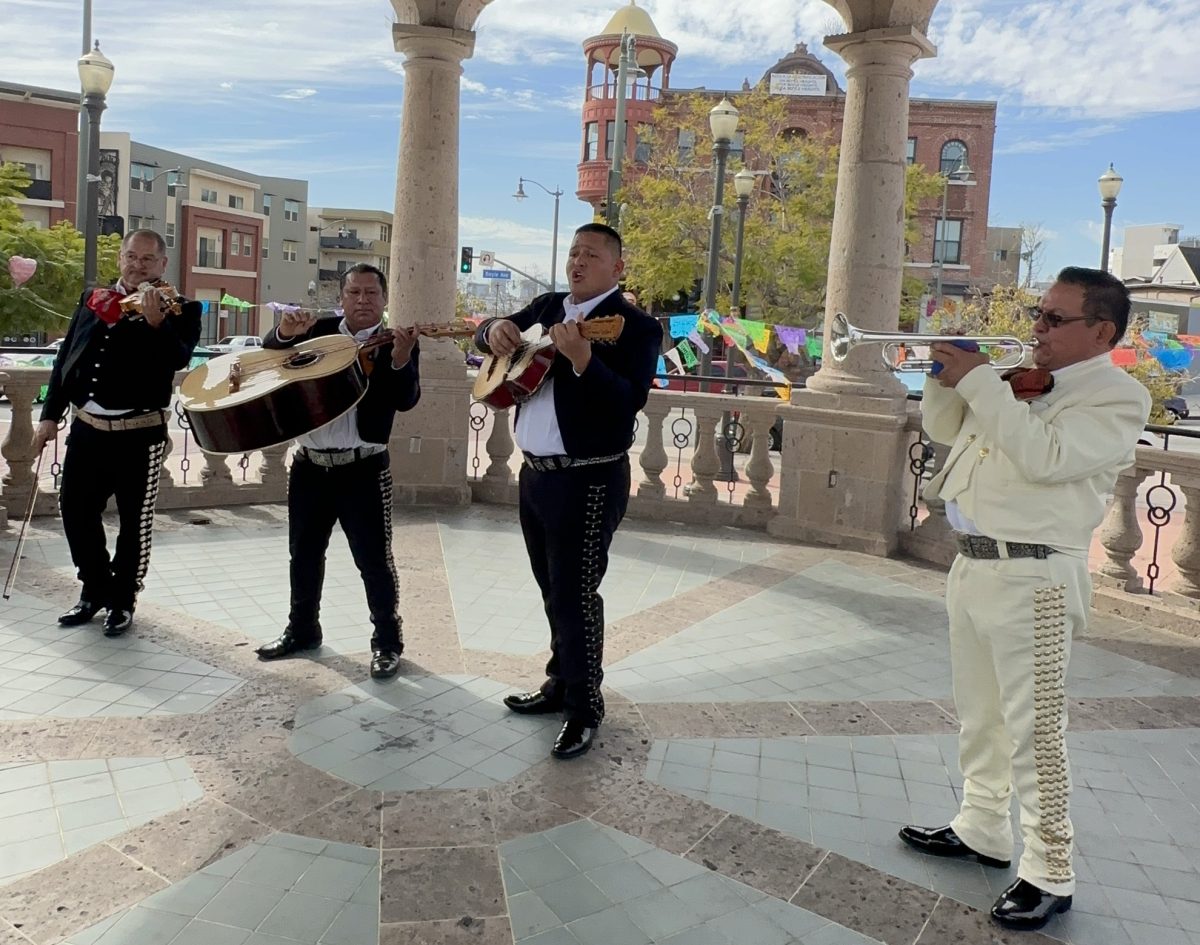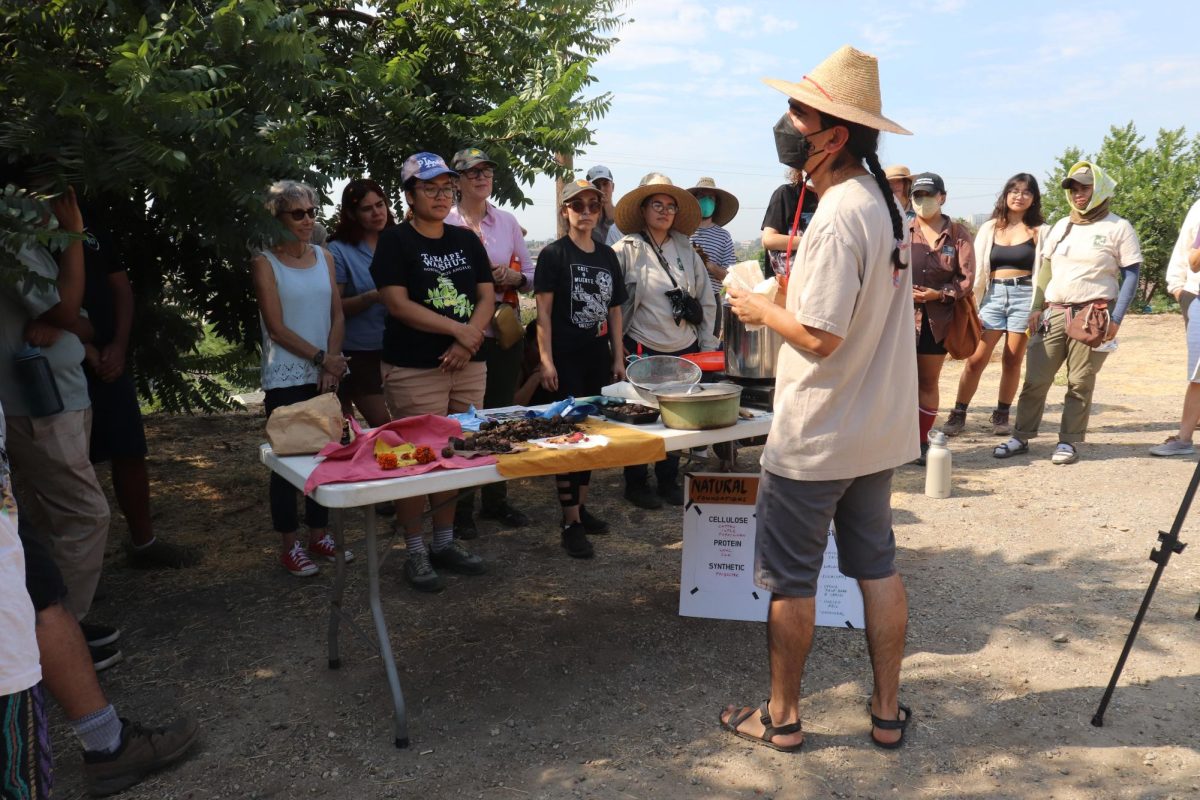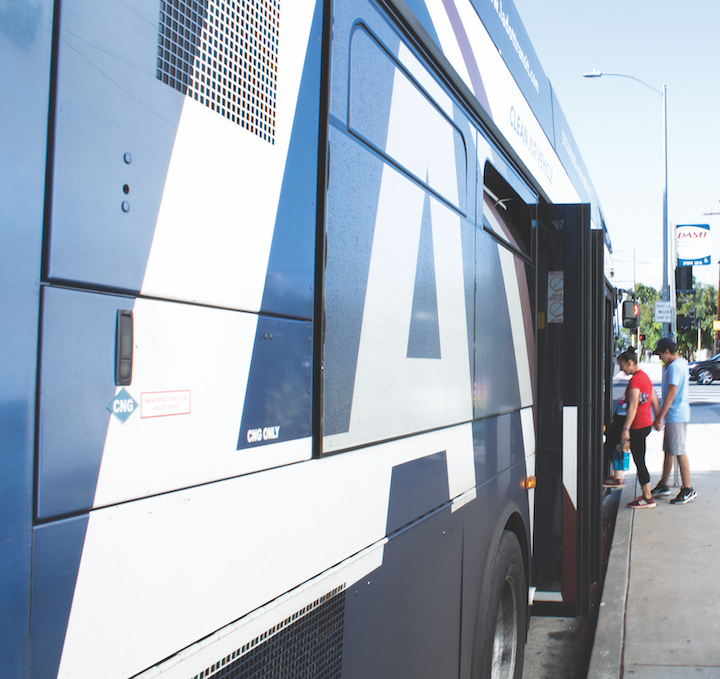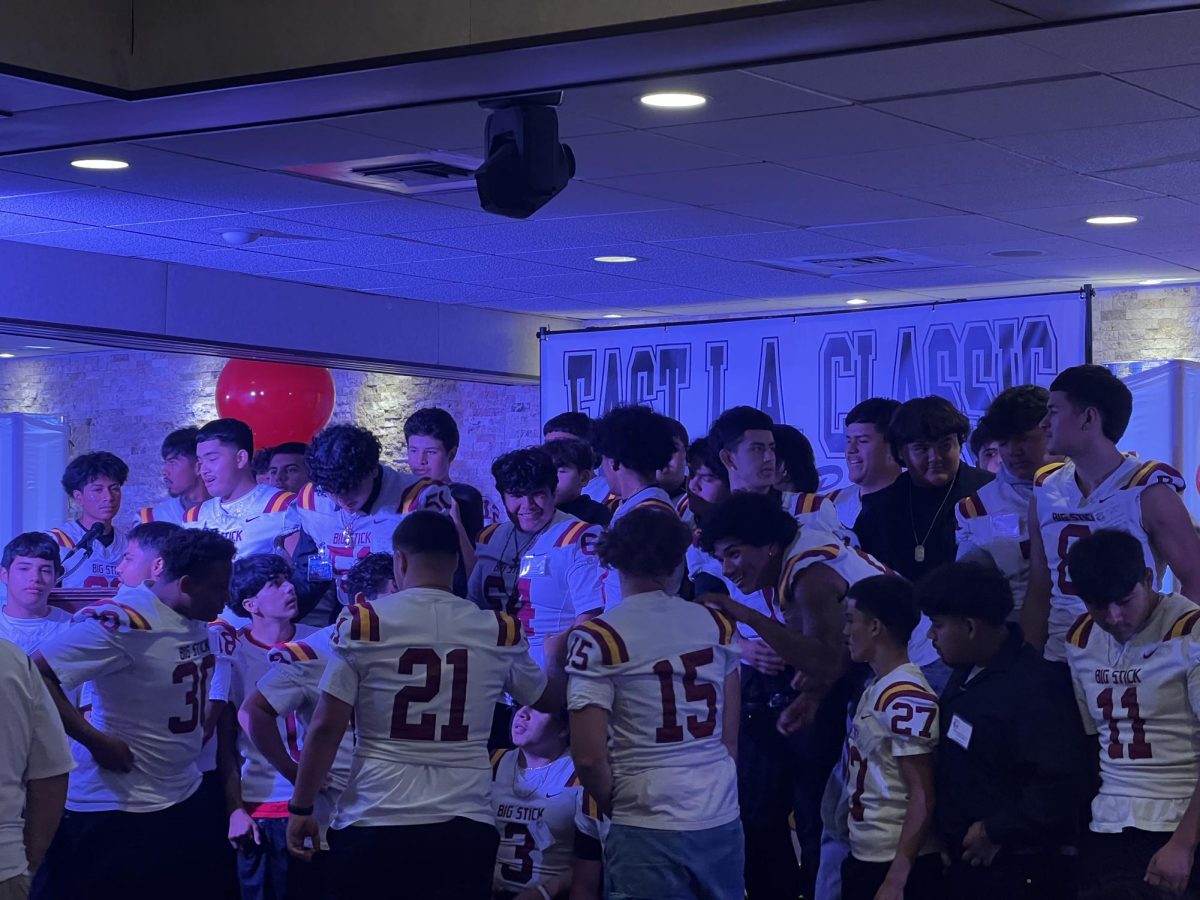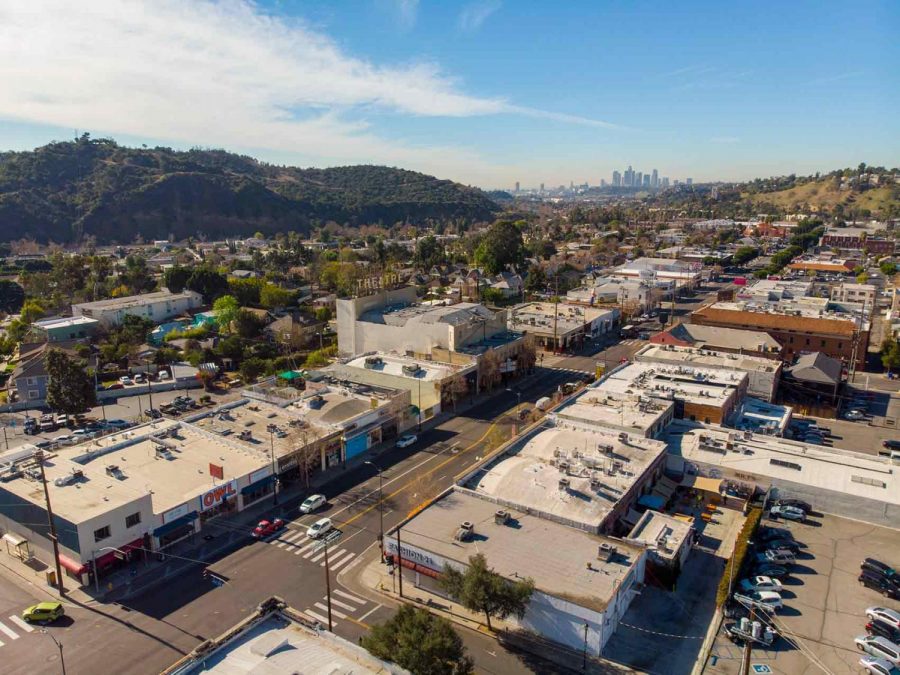South Los Angeles resident Nadia Battle is fed up with the lack of access to fresh produce and grocery stores in her neighborhood.
“There are eight fast-food chains within a mile of each other but not a single grocery store—no Trader Joe’s, Vons, Albertsons, Whole Foods or Ralphs,” Battle says. As a senior, she is forced to travel long distances to find healthy, safe and nutritious food.
This issue highlights a larger problem in Los Angeles: While the city boasts a wide array of fresh food and cuisine, not all residents have easy access to it. In South LA and other underserved areas, a food desert has left residents with fewer options.
“The lack of access to fresh foods and a drought of supermarkets results in an influx of fast food restaurants, liquor stores and small convenience stores,” according to a 2020 report by ArcGIS.
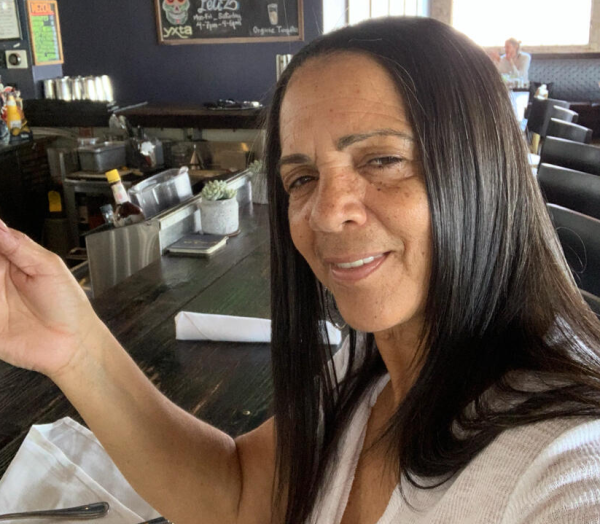
Claudia Salazar, another South Los Angeles resident, shares a similar struggle. Although she has two grocery stores nearby—a small local market and a Smart & Final—she still has to drive 10 to 20 minutes to reach a Whole Foods or Trader Joe’s.
“I have more fast food chains in my neighborhood than we do access to good produce,” she said.
This experience is echoed by residents in other areas such as Expo Park, Leimert Park and Koreatown, where grocery options are limited or far apart.
While some areas in Los Angeles like downtown have benefited from new grocery store developments, the growth is virtually stagnant in neighborhoods like South LA. Some residents said it seems more affluent areas have access to multiple grocery stores within a short distance.
“There are definitely at least 1-5 stores within every 5 miles where I live,” listing options like Whole Foods, Vons and Ralphs,” said Kyle Bernado, who lives in Downtown Los Angeles, which is better-served than other areas.
For residents like Battle and Salazar, the food desert isn’t just an inconvenience—it’s a public health issue, exacerbating inequality in a city where fresh, healthy food should be accessible to everyone.
To help bring more grocery stores to areas with few options, government agencies can offer tax incentives or provide free or reduced-fare transit vouchers for people who must shop outside of their neighborhood. Most of all, residents must be engaged by local leaders in discussing possible solutions, say public policy experts.



